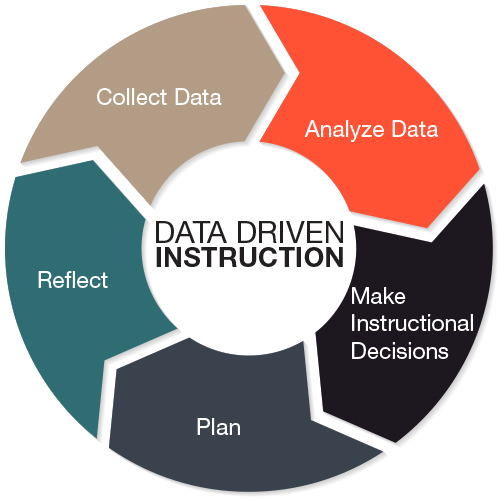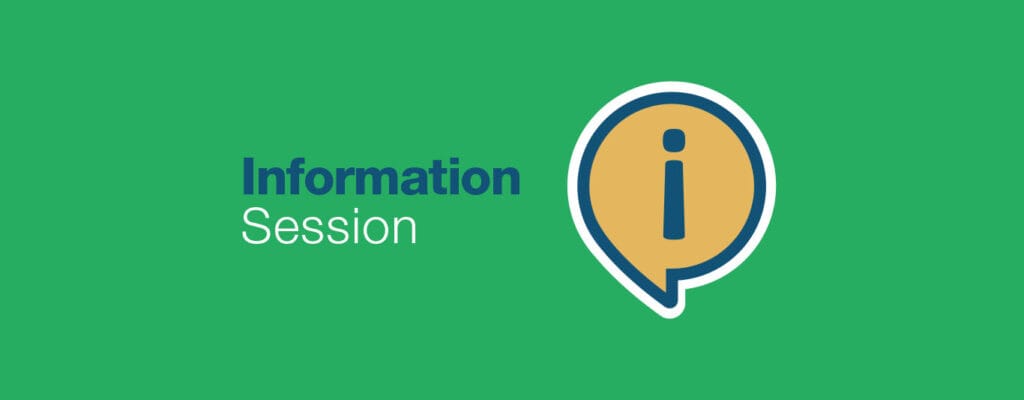


“Data driven instruction…” is something we have been hearing for a long time. But what does that really mean in the everyday life of a teacher and his/her classroom? In this age of testing, it is often difficult to keep the notion of using data to make decisions about what is being taught.
Most often when we hear data, we think of tests, standardized tests, in fact. Yes, standardized tests such as PARCC, Smarter Balanced, and the SATs are a form of assessment. They are considered opportunities to learn more about student performance.
However, when we see the word ‘data’, we like to think of formative assessments and student work. The kind of assessments that drive instruction in regular everyday classroom life are more formative (think “to inform”), such as observations, anecdotal notes, student writing and responses to reading.
So how does it really work? Think of it as a cycle, one that begins by getting to know the readers, writers and thinkers in our classrooms and continues on throughout the year.
It all begins with the data – taking inventories and assessments, observing reading and writing behaviors, studying writing samples and listening to student talk. When we take notes, ask questions in a conference, lean in while a student is reading independently at guided reading, take a running record or utilize a more formal assessment such as the Developmental Reading Assessment (DRA) or Fountas and Pinnell Benchmark Assessment System, we are gathering data. Learning how to take the data and record it in a meaningful way is the beginning of the cycle.
Next, as practitioners we must take stock in what we have found out. This analysis of the data is an important step in the process. What is this data telling us? We must look for patterns, as well as compare the notes we have taken with writing samples and other assessments. We need to decide what are the strengths and needs of individuals, small groups of students and the entire class. Sometimes it helps to work with others at your grade level to analyze the data.
Once we have analyzed our data and created our understandings, it is time to make informed instructional decisions. These decisions are guided by the following questions:
Answering these questions will help inform instructional decisions and will influence lesson planning.
Then we create our instructional plan for the unit/month/week/day and specific lessons. Utilizing templates and planning sheets are helpful ways to keep the process of planning organized and fluid. When we think through what we need to teach in an organized way, we are more likely to scaffold our students towards successful learning in our classrooms.
It’s important now to reflect on what you have taught. Did you observe evidence of student learning through your checks for understanding, and through direct application in student work? What did you hear and see students doing in their reading and writing? Now it is time to begin the analysis again.
Remember, using data to drive instruction is an ongoing process. It will lead to responsive and differentiated teaching and learning for your students!


Join CLI’s Breakfast Briefing to explore the future of literacy! Connect with education leaders, hear impact stories, and discover ways to get involved. Stay[..]

Empower Oregon’s educators with proven literacy strategies! Join our free virtual info session to explore research-based tools and connect with experts. Register now!